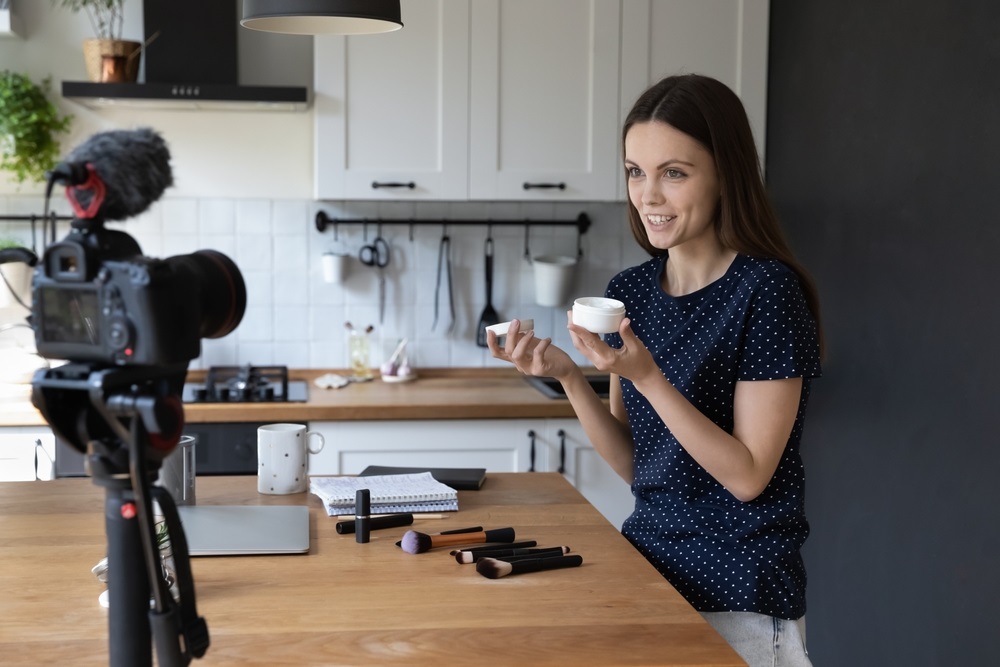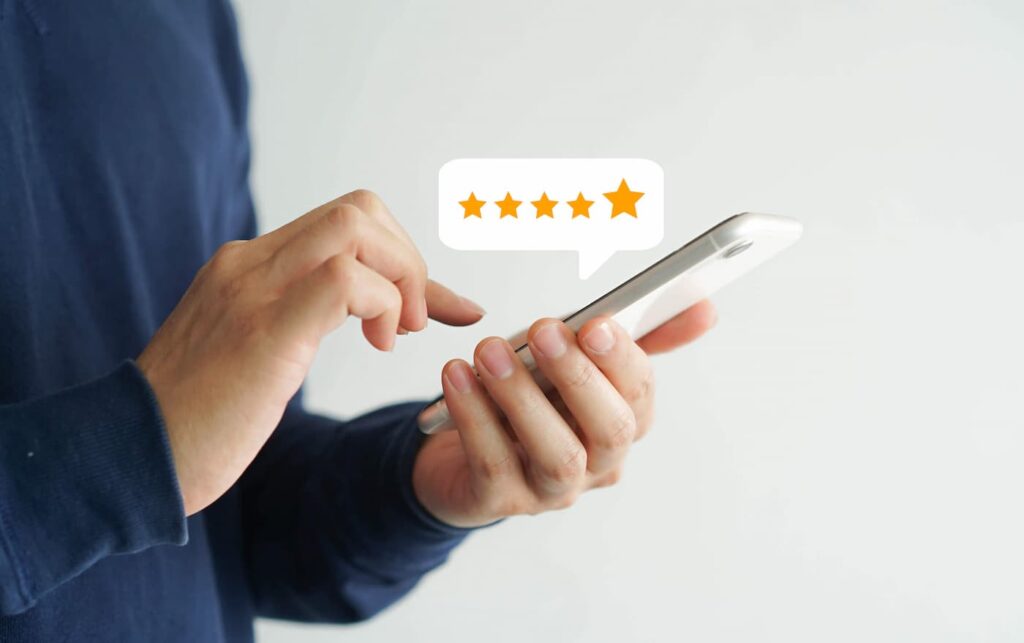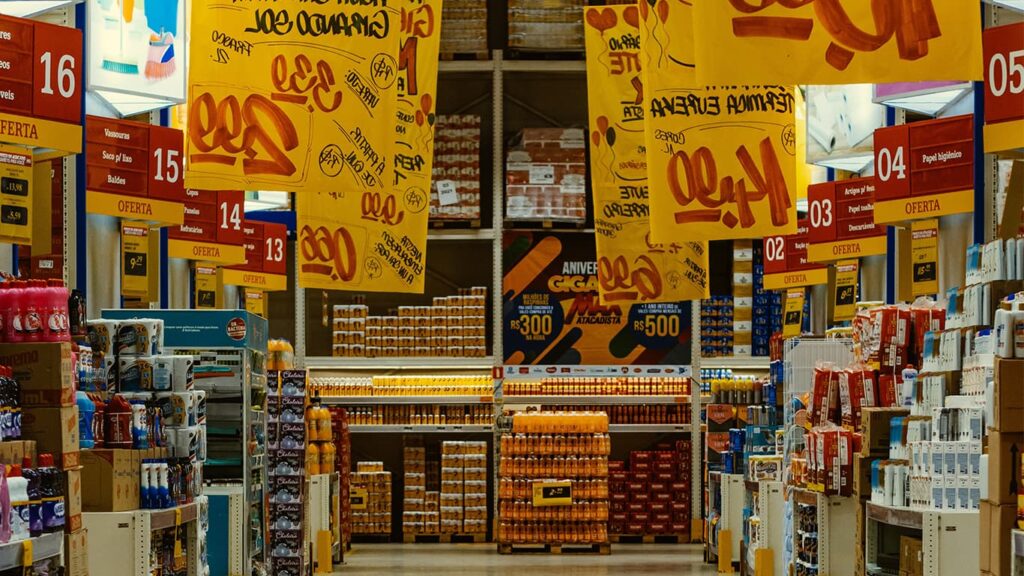Different types and methods of product testing can show you the way to a successful product, from figuring out if your first idea will work to fine-tuning each new version of your product so that customers like it.
Product testing approaches are categorized based on product type, the specific aspects of the product you want to assess, the product development stage, and the environment where testing is done.
In this article, we give an overview of the different product testing types and methods and how you can choose the best testing strategy for your product to ensure that it's a winner.
Peekage solutions: Product testing agency
Table of contents
- Product Testing: What It Is and Why You Should Do It
- Types of Product Testing
- Product Testing Methods
- Consumer Product Testing Made Easy
- How to Choose the Best Method for Your Product Testing Campaign
- Leverage Consumer Product Testing
Product Testing: What It Is and Why You Should Do It
The product testing process is a systematic evaluation where products are tested by target audiences to ensure quality, functionality, and market readiness.
Product testing is a way to figure out how people might react to a new product, feature, or function.
It helps companies create products that satisfy customers' needs and market them effectively.
Depending on where the product is in its development, your company can use different ways to test it to find important insights on:
- What are your customers' needs and priorities?
- How they view and categorize your new product depends on how they view and categorize
- What do they like or dislike about your product?
- How do they interact with and use your product?
These insights can help your product development team to:
- better meet user needs.
- Identify and remove obstacles to attracting, converting, and retaining customers.
- Allocate time and resources more efficiently by staying focused on the right ideas or prototypes.
- Improve and adjust your product so it stays viable in a changing and competitive market.
- Collect clear and comprehensive data that you can use as proof of concept for your product to attract investors.
Changing technologies, competition in the market, and lifestyle trends mean that product testing needs to be a part of the company culture to keep up with the evolving product landscape.
So, product testing strategies will continue even after launch to help test your assumptions.
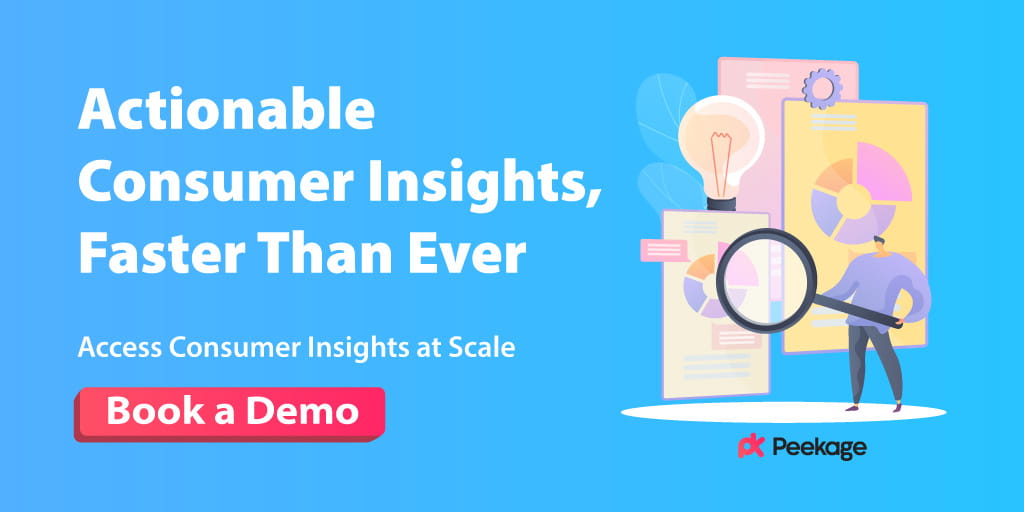
Also read: Rapid Product Testing Sprints Through Product Sampling
Types of Product Testing
Now that we know what product testing is and how it can help you make a better product, let's talk about the different types of product testing and the pros and cons of each.
Product testing types are classified based on the overall product development approach being used and the environment in which they are conducted.
A) Product Testing by Product Development Approach:
Generally, there are three ways to approach product development - e.g., the waterfall, and the agile product development models.
Depending on your overall product development strategy, the frequency and the stages of development in which product testing takes place may vary.
Let's see how product testing fits into each strategy and what kinds of projects they are best suited for.
Waterfall Product Testing:
The waterfall method takes a linear approach to product development. This approach is popular among engineers because it prioritizes up-front planning, thorough documentation, and sequential execution.
At the beginning of a waterfall process, the product team performs initial market and concept testing, which helps them understand the market and consumer needs and expectations.
Then, the development team creates the product based on the data acquired in the initial testing stage.
Once the new product has been created, it is tested again to ensure that it satisfies all the intended requirements and functions.
The waterfall approach is best suited to projects with precise requirements, a well-defined strategy for how things will go, and clients who are unlikely to alter the scope of the project after the development phase has begun.
Agile Product Testing:
With agile product development, the project is broken down into short development cycles known as sprints.
Each sprint ends with delivering a working product to users, who are then asked to provide feedback, allowing the product team to make adjustments as necessary.
This methodology entails continuous testing to collect data at each stage of product development.
Testing is present at every development stage — from concepts and market demands to prototypes and minimum viable products (MVPs). Agile testing can continue after the product is released to gain new insights into how consumers interact with it.
Unlike the waterfall process, agile product development teams test all features and functions for quality as they develop, troubleshoot, and improve the product. This method keeps issues from accumulating towards the end of the development period.
Agile product testing is ideal for projects requiring flexible planning, effective communication between testers and developers, and a continuous consumer feedback loop.
B) Product Testing by Environment:
Product testing can be divided into two groups when it comes to the testing environment.
CLT: Central Location Testing
With CLT studies, traditional market research companies recruit consumers to test the product within controlled environments at a central venue—i.e., a mall or laboratory. Consumers consume or use the product and give feedback on their experiences.
This method of testing a product can be quick and cost-effective because the fieldwork can be done with a large number of consumers in just one day, and the results can come back in the same week.
IHUT: In-Home Usage Testing
With IHUT consumer product testing, which is often done by online market research companies, the product is delivered to the consumers.
Then, the research is done in its natural setting, which is the users' homes. This makes the evaluation results more accurate.
Consumers prepare and use the product and give feedback on their experience during and after the experimentation.
This product testing approach allows for more extended testing periods, which can be advantageous when products require regular usage to work, such as cosmetics. This also allows the participants to take their time while using the product and offer better-informed feedback.
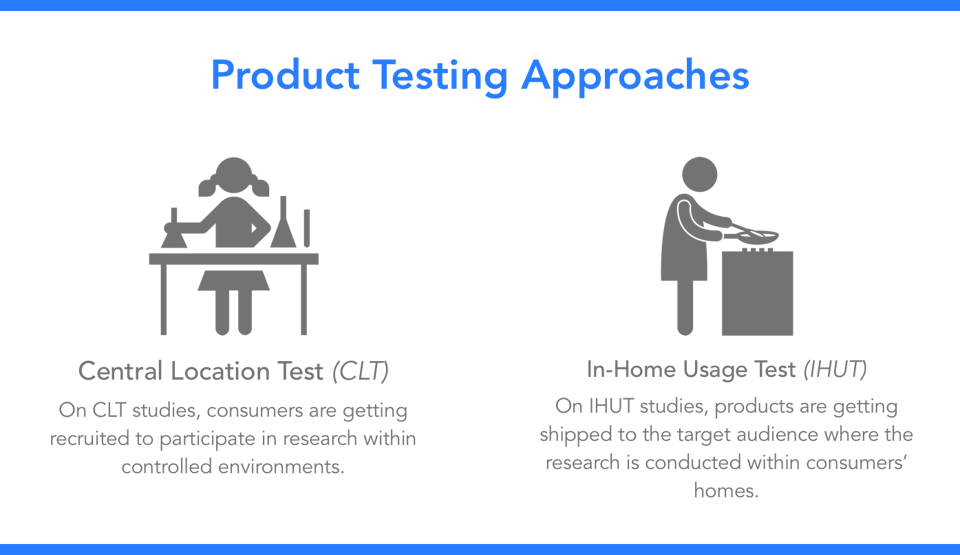
Product Testing Methods
- Concept Testing: Evaluates product ideas using user feedback for refinement.
- A/B Testing: Compares two product versions to determine the better performer.
- QA Testing: Detects and resolves pre-launch issues in controlled scenarios.
- User Testing: Assesses usability and functionality through real-world interactions.
- Regression Testing: Verifies that existing and new features work seamlessly after updates.
- Market Testing: Tests a product with a sample audience to predict performance and refine marketing strategies.
Once you've decided what your product development approach is and where you want your product to be tested, it's time to choose the proper testing method(s) for your product.
Variables such as the type of product you're testing, the stage of development your product is in, the aspects of the product that you want to test (i.e., quality, marketability, usability, etc.), and your budget can impact the methods you would use to test your product.
1- Concept testing
Launching a product or service that people want is easier when using product concept testing, an early market research technique.
Early on in the development process, you test a product or service's feasibility with its intended audience (i.e., whether they would be willing to pay for your product) and use the feedback to enhance it.
Product teams use demonstrations and customer surveys to collect important data, helping them decide whether to proceed with the original concept or change course.
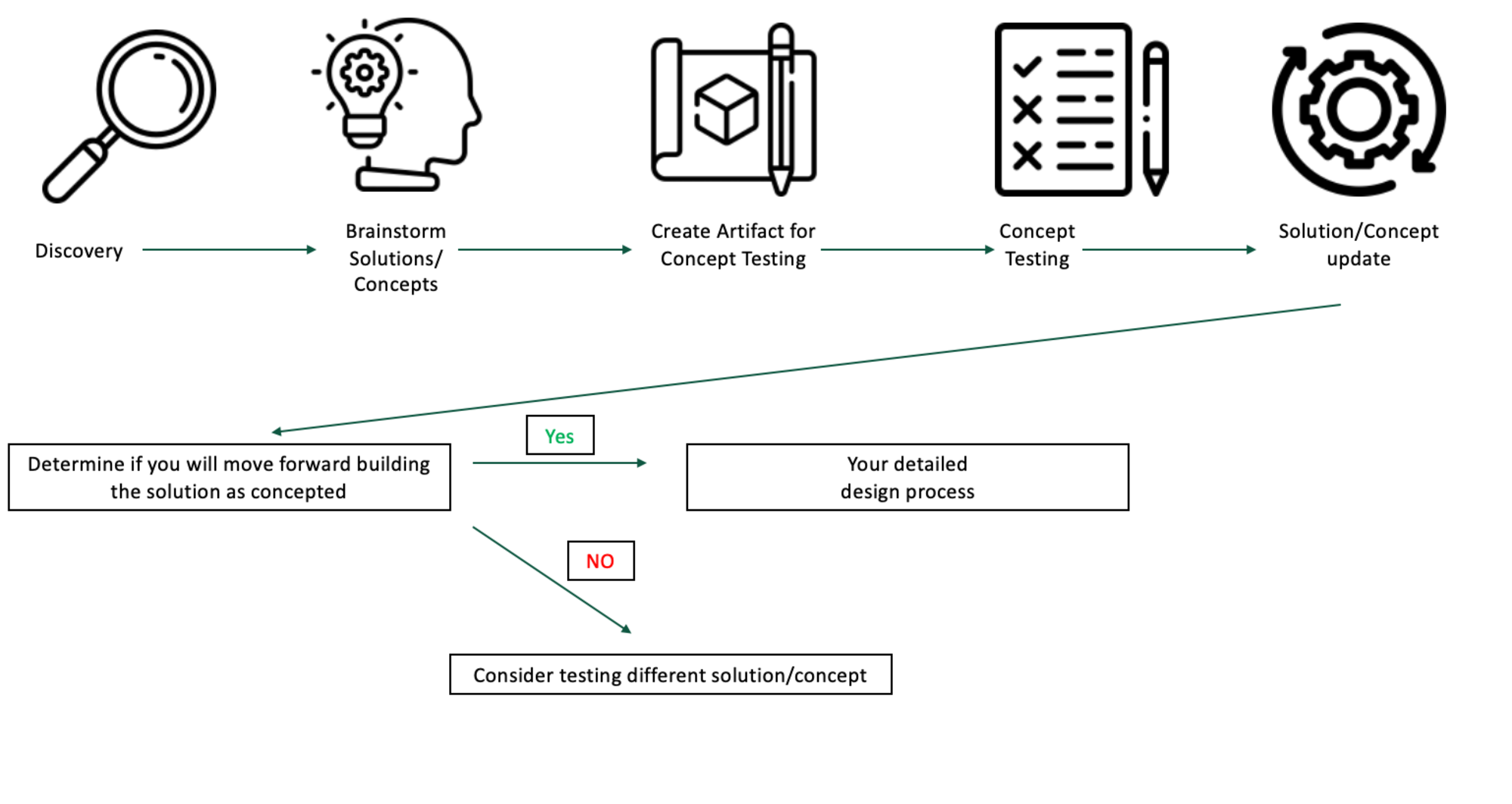
2- A/B Testing
A/B testing, also known as split testing or bucket testing, is one method for determining which version of your product performs better.
In an A/B test, two or more versions of the same product are randomly shown to users, and statistical analysis is performed to determine which version converts better.
There should be only a single variable between the two versions, and it can either be relatively minor (like two different color buttons) or substantial (such as adding new navigation elements).

3- QA Testing
Pre-launch Quality Assurance (QA) testing of a new product, service or feature helps detect and resolve issues and verify that the product functions as planned.
This approach simulates the way users would engage with a product by having them go through a series of various scenarios in a controlled setting.

4- User Testing
User testing is the process of having real users interact with a website, app, product, or service by doing specific tasks in real-life settings.
Product teams also ask the users to figure out how to use the product on their own to see whether it's easy enough to use for people who aren't familiar with it.
This process aims to see how easily and well the product works and decide if it's ready to be released to real users.
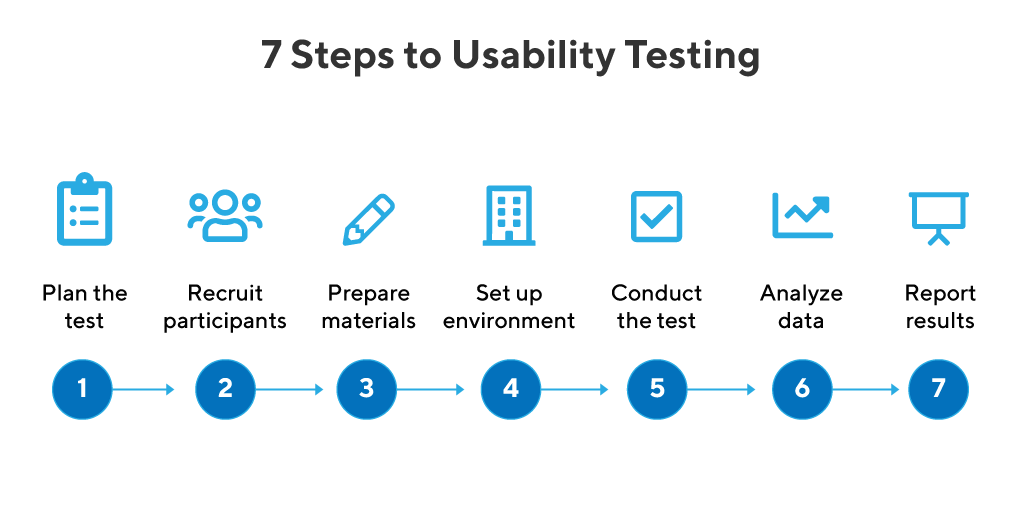
5-Regression Testing
Regression testing is widely used in software development and involves testing a product's existing features as they get new updates. Testers do it to ensure that the product's existing and new features continue to work and are not broken.
Under regression testing, you can check both the functional and non-functional parts of existing features to make sure the system's functionality and usability remain intact.
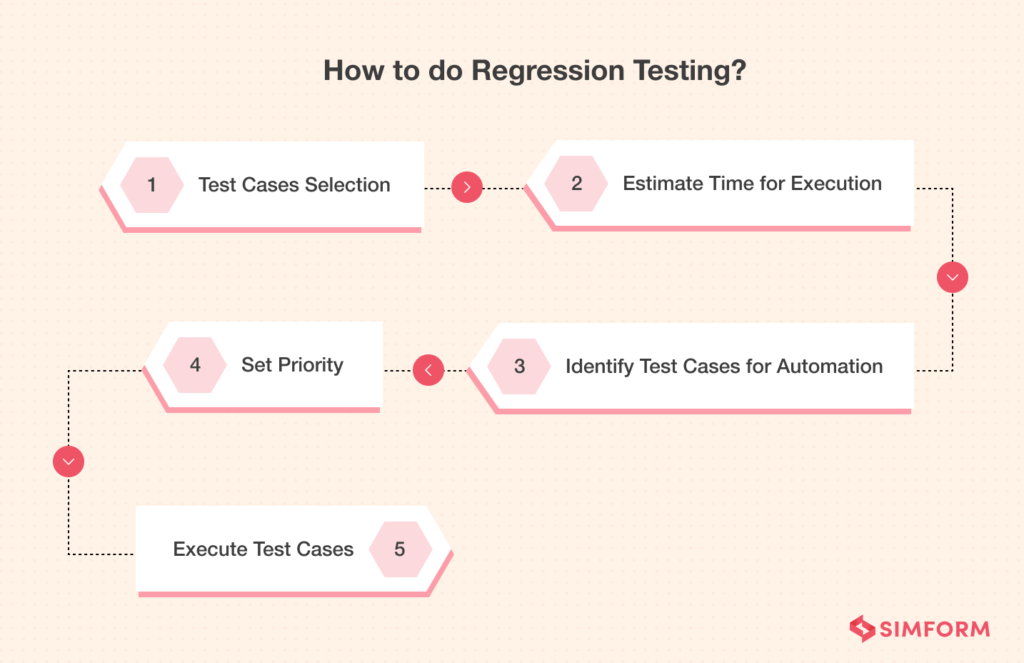
6- Market Testing
With market testing, you present your new product, service, or feature to a sample group of users to see how well it performs in the market.
The test group can include customers in a specific geographic area, age group, or demographic.
Market testing helps you decide your target audience and product price; predict product sales in the market; plan marketing campaigns that speak to your customers, and determine effective distribution strategies.
Also read:Seven Consumer Research Methods; 2022 Version
Consumer Product Testing Made Easy
Peekage is a Personalized Product Sampling Platform where consumer brands run targeted at-home product trials. Our software filters through 200+ shoppers' attributes and categorizes customers based on their shopping habits and preferences.

Peakage conducts targeted surveys and analytics on customers who have tested your product or service. You will receive meaningful feedback that helps you discover actionable insights that inform strategy, messaging, product positioning, and more.
If you want to kickstart your product testing campaign, book a free consultation with one of our experts.
How to Choose the Best Method for Your Product Testing Campaign
To choose the best product testing method for your campaign, you first need to answer a few questions:
- What type of product are you testing (software, hardware, cleantech, etc.)?
- What are the specific insights you want to gain from the test?
- How should your product be prepared, presented, and used?
- Who is your target audience, and how can you reach/recruit them?
- Where is your testing environment?
- Should the test be moderated?
- What are the metrics and information that you need to record?
- How should you record users' experiences and other feedback?
- Do you need to use a control product or version for comparative purposes?
By answering these questions, you can define the objectives and requirements for your consumer product testing campaign.
You can choose the methodology most aligned with your goals based on these criteria.
Whatever your chosen product testing method is, remember to give your product development team enough time for testing and possible iterations before your product launch.
Otherwise, you may need to delay the release or continue with a product that cannot satisfy your users.
Leverage Consumer Product Testing
Consumer product testing is a powerful strategy to gain real, actionable insights about your product directly from your customers and target audience.
It lets you make products that meet the needs of your customers and come up with marketing campaigns that really hit home with them.
You can take advantage of consumer product testing methods when designing, developing, and marketing your new product, prototype, or feature to maximize its probability of success after launch.
